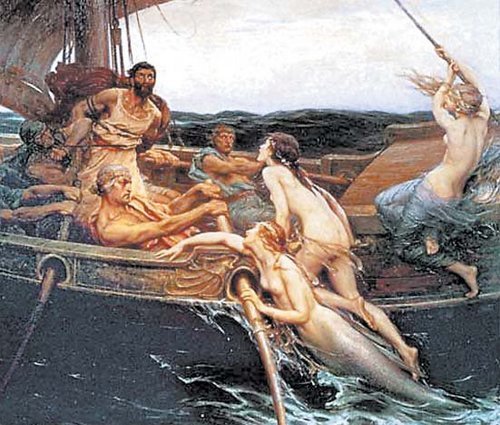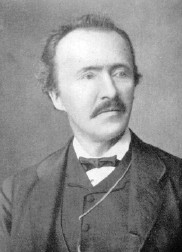Dear Humanities Kids,
Students were introduced to the "The Inferno" by Dante Aglieri, a 12th century poet. Each student was given a copy of "The Inferno" to use in the creation of their underworld assignment.
The Underworld"....according to Dante......
If you missed class today, you were introduced to a new assignment entitled "Creating your own Underworld."Your Underworld will be due on Thursday, Jan. 6th. I will go into details regarding the requirements soon.
For your underworld assignment, I am asking you to consider your value system, and then devise punishments, just as Dante has done in his "Inferno." He developed his concepts for the punishments based upon the ancient Greeks' punishments for the sinners in Tartarus. I have included some images below of Dante's Inferno


This image depicts those that committed suicide. Dante felt that because they had not valued their human form while living, they would therefore be turned to trees.
The following example was submitted several years ago by a previous student.
He placed those that COMPLAIN at the top of his Inferno. I have included this example for you to follow. Notice that you must indicate the sin, why you consider it to be a sin, a suitable/ punishment, and then why the punishment is symbolic of the crime. Just as the Greeks devised suitable punishments for their criminals, your punishments need to be symbolic as well. Your punishments are not to be sadistic, and you can not punish the sin with the sin.
You will have seven paragraphs, each one pertaining to a different sin.
Wesley's Well of Woes
Circle 1: Complainers/Pessimists: The individuals at the top of my “well of woes” are those that never seem to be happy. They moan and complain about tasks that are part of life, and simply must be completed. They also enjoy starting arguments, purely to witness a flight. Due to this, they remind me of the Greek god Ares. They are cowards, just as Ares, who have no concept of self-respect. They not only disrespect themselves, but those that are around them. I have included them in my “well,” because I feel they “infect” their “sin” upon other people without considering anyone but themselves. I also find that they waste so much time complaining, rather than using their time in a constructive manner.
PUNISHMENT: These sinners will be required to make lemonade for eternity. This will not only be a boring task, but a painful one as well, because they will have paper cuts over their finger tips. This punishment fits the crime. These sinners were unable to find anything positive about their existence; consequently, they will be required to take lemons, which are sour and bitter, as they chose to be while alive, into lemonade, which is sweet and refreshing. The paper cuts are symbolic of the many times they moaned or were negative about living, now while they make lemonade, they will be reminded of their sour and painful attitudes.
HOMEWORK:
1. Please read Canto I pgs. 67-71
Canto II pgs. 89-93
Canto III pgs. 109-113
2. Create a list of your sins and symbolic punishments to accompany them.
3. Don't forget that CER #2 is due on FRIDAY!
Let me know if you any questions!
Cheers,
Crampton





























